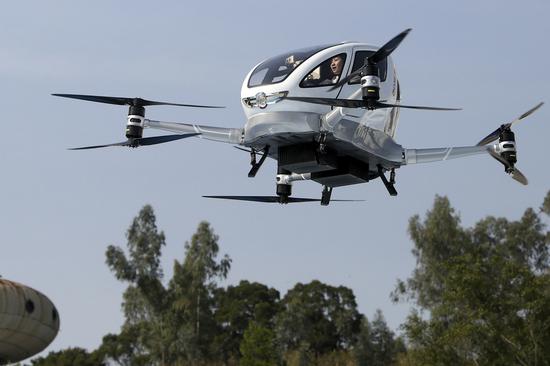China's first "software defined" micro-satellite will be launched by the end of November, its development team leader told the Global Times on Monday.
Chen Hongyu's team at the Shanghai-based Chinese Academy of Sciences' Innovation Academy for micro-satellites has so far produced a total of at least eight micro- or nano-satellites for communication, navigation and scientific exploration.
The launch will take place "by the end of November this year," said Chen, the academy's director.
The industry buzzword "software defined" in this case relates to being able to use a private computer or even a smartphone to program the tiny satellite's functions.
A micro-satellite weighs less than 100 kilograms, and nano-satellites are under 10 kilograms, according to Science and Technology Daily.
"The function of a single micro- or nano-satellite is limited compared to a normal satellite or space station, while a network of such satellites can have advantages that outweigh the big satellites in certain aspects such as global coverage," Chen said.
More than 300 micro- and nano-satellites weighing less than 50 kilograms blasted off last year including 140 produced by India, Science and Technology Daily reported, referring to data from aerospace engineering firm SpaceWorks.
"Among all micro- and nano- satellites worldwide as of April 8, 2018, 58.7 percent were from the United States and 24.6 percent from European countries, while China occupied only 2.6 percent," Wu Shufan, professor at Shanghai Jiao Tong University was quoted as saying by the official newspaper of the Ministry of Science and Technology.
Micro- and nano-satellites will grow to occupy more than 10 percent of all satellites in the next five years as the industry enters a "golden period for development," Wu said.
The academy successfully launched an SF-1 micro-satellite on September 29, according to a document sent by the academy to Global Times on Monday.
SF-1 is the first of a 120 communication and navigation micro-satellite constellation which would cover the Earth.
The comparatively low cost of micro-satellites makes them a feasible business for private Chinese companies.
Beijing-based company Commsat plans to launch seven 100 kilograms satellites by the end of 2018.
The company also plans to send four more in 2019 and another 72 in 2021, according to a document sent by Commsat to Global Times on Monday.
Small satellites also have drawbacks.
"Unlike big spacecraft, smaller satellites are quantity-driven, especially some mini- satellites, and can quickly run out of power and become space trash," Jiao Weixin, a space science professor at Peking University told the Global Times on Monday.
The research institutes and companies should "take the space environment into consideration while developing smaller satellites," Jiao said.


















































